The Depiction of Women Through Advertisement
GEND305

The depiction of women in advertising is stereotypical, idealized and sexual....
Marketing
Marketing and advertising is used everywhere for the purpose of getting people interested in a product, services of a company or an idea. Advertising is everywhere and hooks people in different ways. Advertising can be an incredible tool to promote a product and share ideas, however women often become objectified in advertising through the male gaze and women are often seen to “sell” a product or be an accessory in advertisements.

The Male Gaze : A Lens
There are many different ways to define what the male gaze is. In simple terms, the male gaze refers to a heterosexual male objectifying women in a sexual way for their benefit (Oliver, 2017). Proof of the male gaze is everywhere, it is seen often in advertising when women almost look like an accessory for men, where women are hanging off a man to make the man look more masculine and powerful. It is also commonly seen in movies, like the image on the left for the movie ‘Spring Breakers’.
The male gaze essentially filters the media through the lens and perspective of a heterosexual male, with no regard to other perspectives of others. This male gaze can be dangerous as it can increase levels of self-objectification of young women and men, which can then lead into body dysmorphia and general unhappiness as women portrayed through the male gaze is everywhere and has become a ‘social norm’.
There is a patriarchal culture to marketing and advertisement, one where men dominate and oppress women by detaching her from her body. Advertising sexualises on one aspect of a woman’s body predominantly her breasts, reinforcing the idea that her body was made for men.
Women's bodies have always been used as a commodity for pleasure and exploitation because of the constant reinforcement of hegemonic patriarchal culture.
She is no longer a woman but rather becomes part of the brand. The hypersexualised model of femininity trivialises the violence against women. 51.8% of advertisement that feature women have portrayed them as sex objects, yet when women appear in men's advertisement where the ad catered for men, women were objectified 76% of the time. Advertisement reinforces the power imbalance that degrade and harm women that it trivialises acts of sexual violence against them.
The Patriarchy
There is a patriarchal culture to marketing and advertisement, one where men dominate and oppress women by detaching her from her body.
Advertising sexualises on one aspect of a woman’s body predominantly her breasts, reinforcing the idea that her body was made for men. women's bodies have always been used as a commodity for pleasure and exploitation because of the constant reinforcement of hegemonic patriarchal culture.
She is no longer a woman but rather becomes part of the brand. The hypersexualised model of femininity trivialises the violence against women. 51.8% of advertisement that feature women have portrayed them as sex objects , yet when women appear in men's advertisement where the ad catered for men, women were objectified 76% of the time.
Advertisement reinforces the power imbalance that degrade and harm women that it trivialises acts of sexual violence against them.
Advertisement tells women what is most important in the way that she looks, and what can be achieved in order to reach an ideal female beauty.
You almost never see a photograph of a woman considered beautiful that has not been photoshopped or altered in some kind of way. It is anatomically impossible for a women’s head to be bigger than her pelvic bone, yet the picture seen here represents a false and unrealistic depiction of what women should look like
Women in the modelling industry are having their images altered as a way to manipulate the results of the product being sold
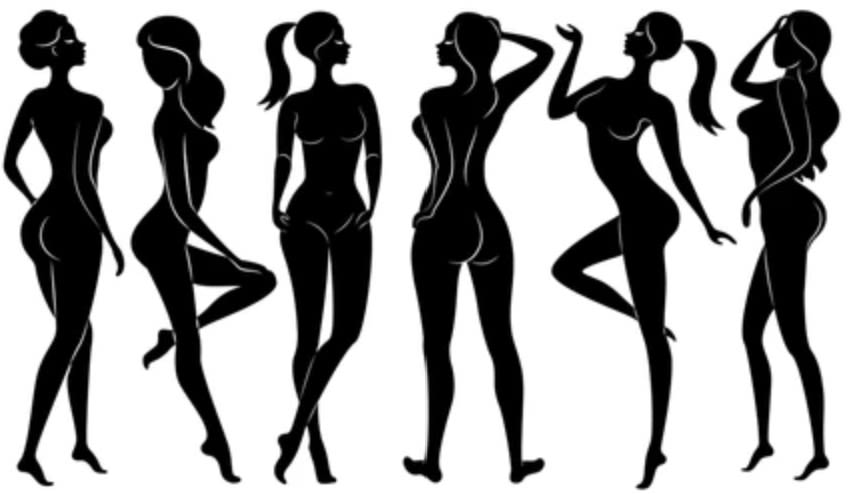

Capitalism
Companies capitalise off women’s sexuality in advertisement in the means for profit.
An ad for snickers shows construction workers trying to be “funny” and “feminist” when they are not themselves without chocolate. Workers shout feminist statements at women passing by justifying their behaviour as “not being themselves” because they are hungry. The problem being in a world where snickers exist, men are only capable of being respectful and kind human beings because they are hungry. Buying their product reinforces the misogynistic expectation that men restore back to manipulating their power against women.
.........................................................................................
gender Stereotyping
Stereotypes are identical characteristics that are aligned to members of a group, regardless of the individual difference they have. Stereotypes are evaluations and assumptions of people or an individual and are often judgemental. There are four types of gender stereotyping, these include personality, physical, occupational, and different role stereotypes.
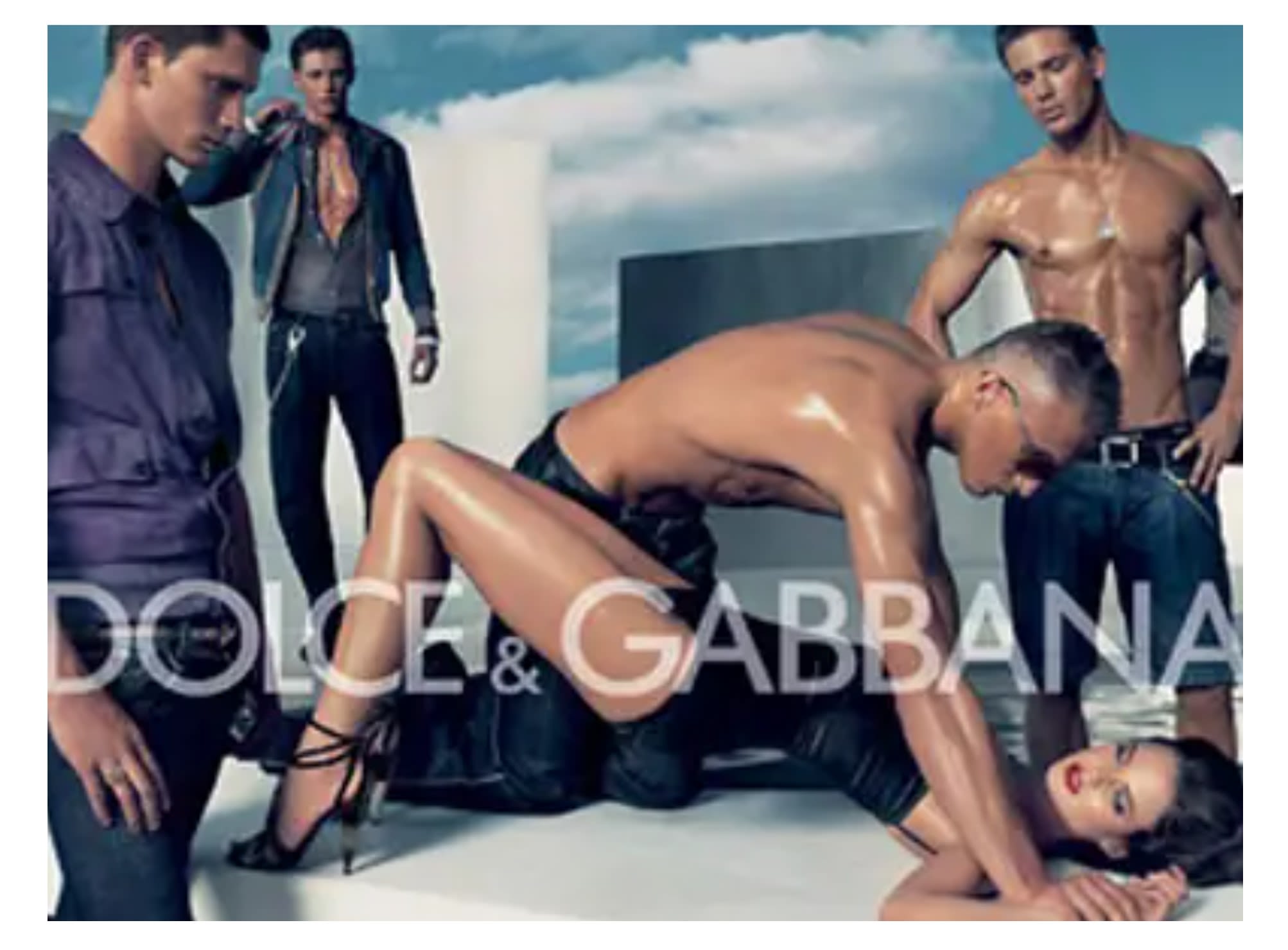
In the media and advertising, a general stereotype of women is that they are fragile and need a man to help them complete something. A stereotype of men in media and advertising is that they are tough and can do anything they put their mind to. Women in advertising are often shown to be extremely attractive, usually working as a housewife and someone who is dependent on a male. The image on the right is a clear example of how gender stereotypes are shown in the media, and these are harmful.
The Real World...
But what of the real world? The depiction of women in advertisement is a glamorised fantasy world that consists of unrealistic and naturally unachievable expectations.
Ana Carolina Reston
21-year-old Ana Carolina Reston who was a model unfortunately became victim to anorexia and bulimia was only 40kg at the time of her death. The same weight of a 13-year-old.
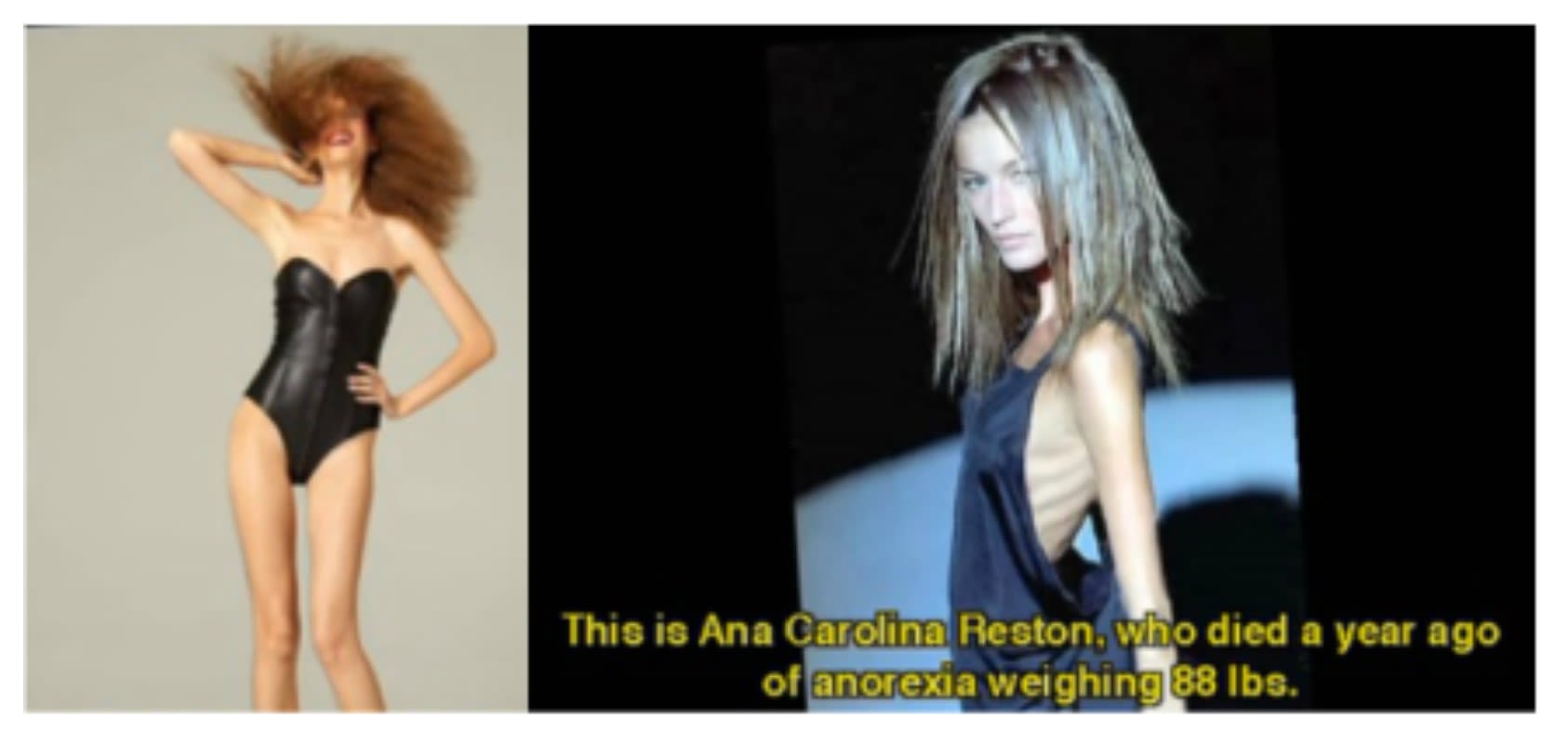
The culture that surrounds advertising solely relies on the expectation that women are only desirable when they are young, skinny, and light skinned.
There is an obsession of thinness where women in advertising represents the “skinny” look. A look that only 5 percent of women naturally have. This depiction of women has created an epidemic of eating disorders among women in order to reach this target weight that is not at all healthy nor necessary to be beautiful. Because of this make-believe fantasy world that society created, women are trying to meet expectations of beauty that simply are impossible to achieve.
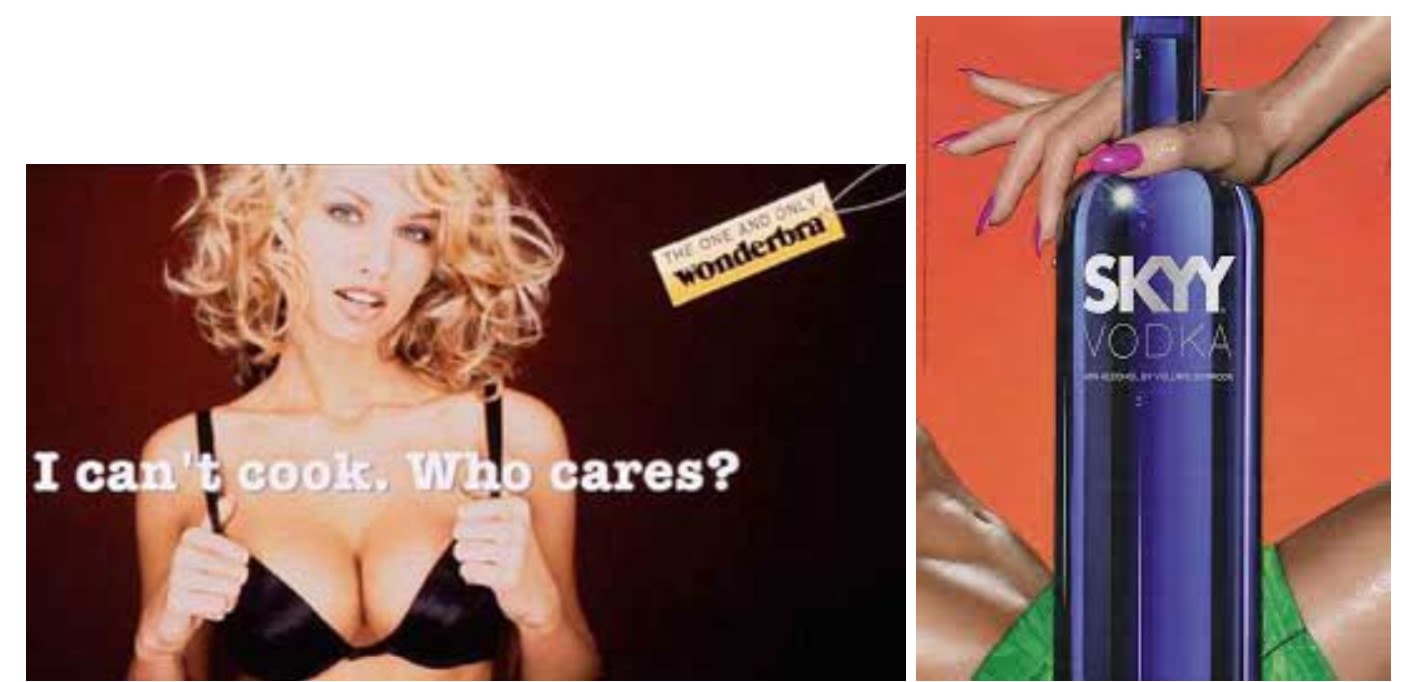
Objectification
Women are used as an object to sell products in advertisements. Many advertisers have an emphasis on women’s bodies in advertisements and their unnatural and exaggerated beauty standards.
It is almost as if the product itself is the woman in the ad. In numerous ads women are shown as young, thin and attractive and portrayed in a submissive sexual manner. Oral Care, Jewellery, Skyy Vodka and perfume advertisements are some of the many examples of this.
Women through advertisements:
70s
80s
90s
2000s
2010s
2020s
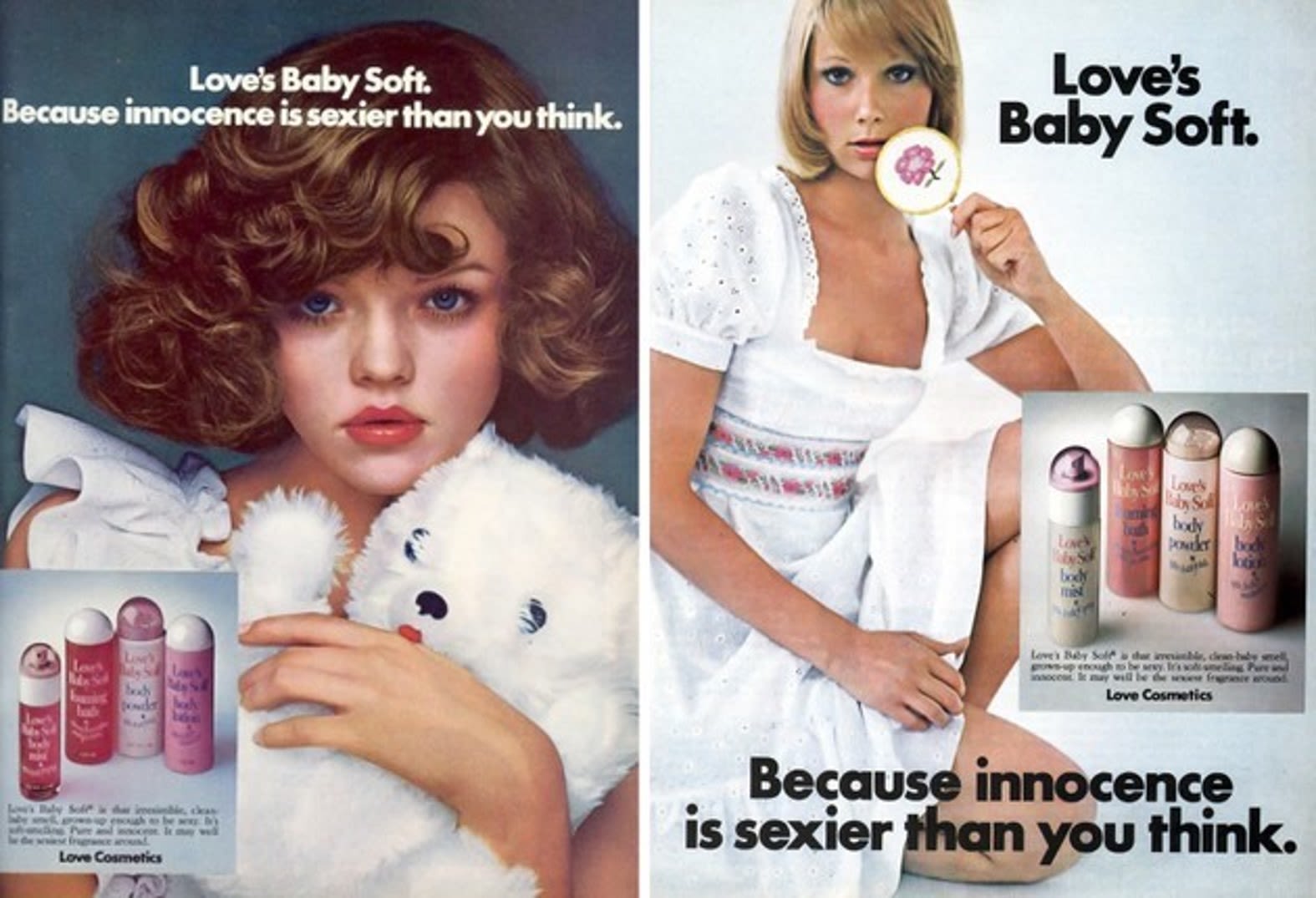
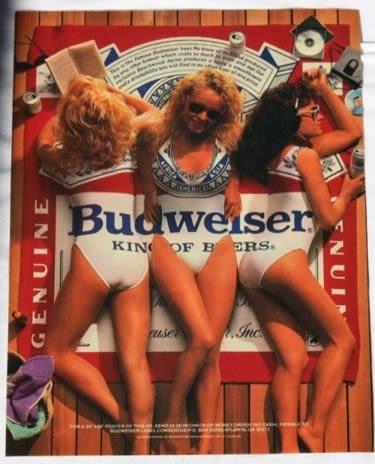
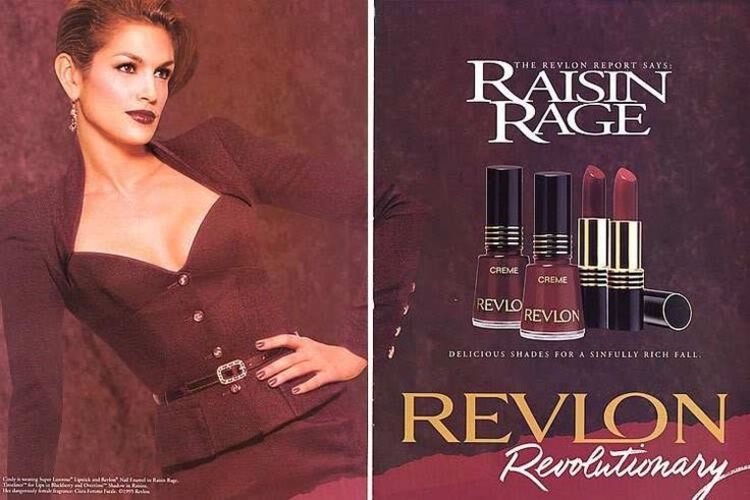
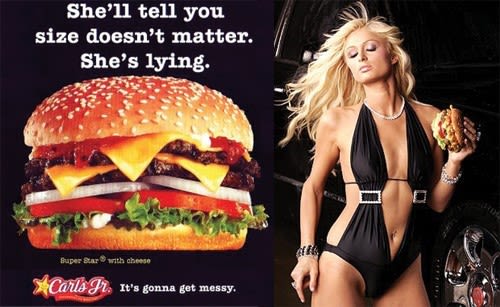
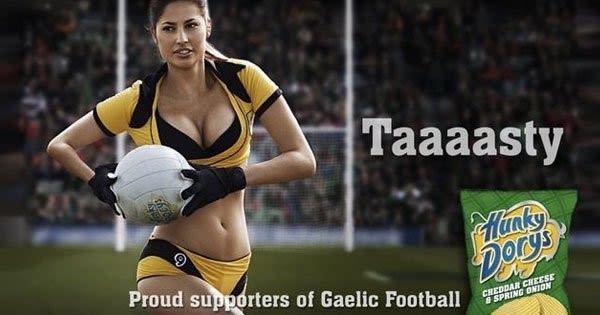
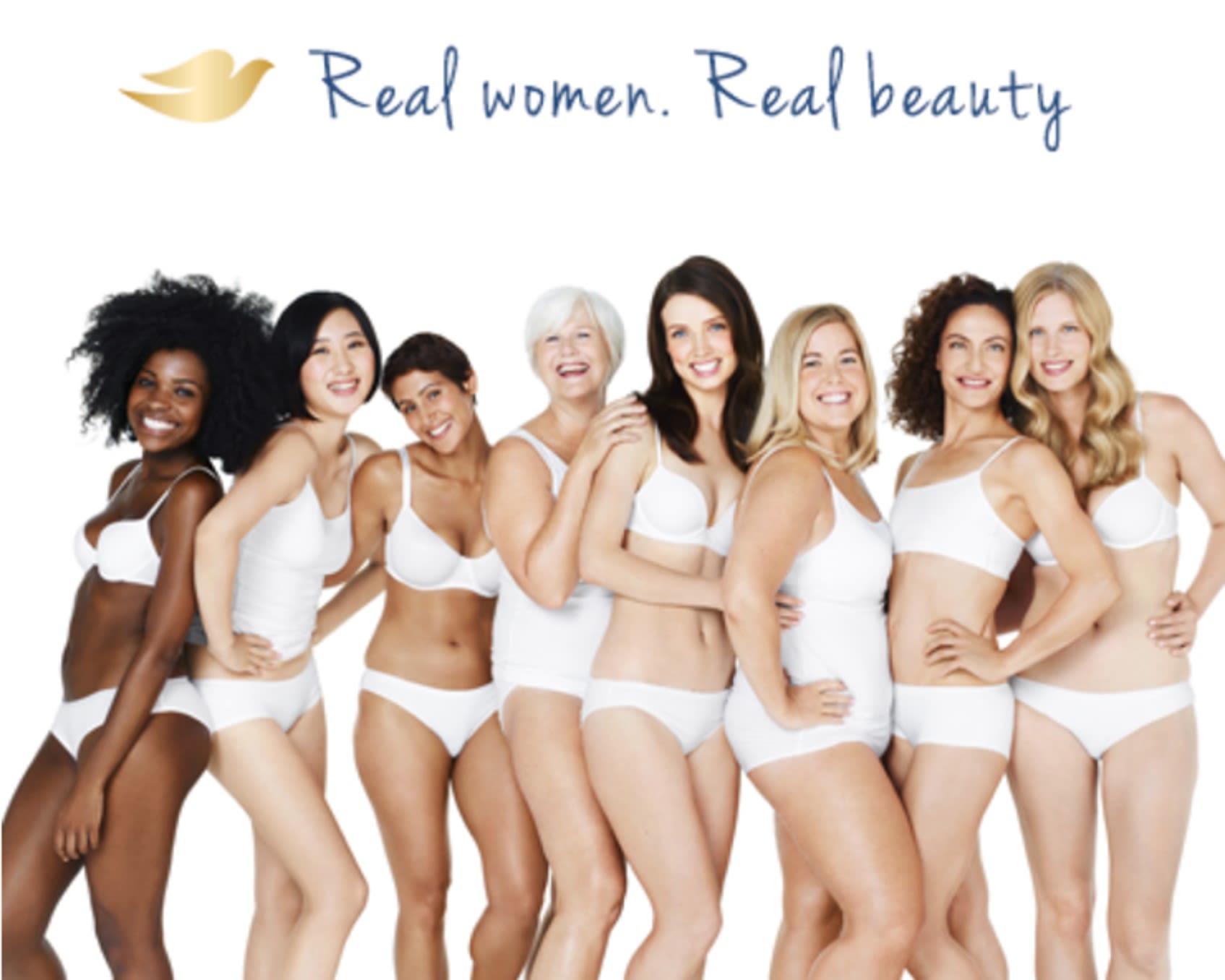
It is only up to us as an audience
and as their consumers
to bring forward the change needed
in the advertising industry
Thank You

References:
- Beautifully Kat. (2021). [Image]. Retrieved from https://beautifullykat.wordpress.com/2021/04/08/throwback-thursday-cindy-crawford-in-the-1990s-and-revlons-raisin-rage/.
- Diep, A. (2015). [Image]. Retrieved from https://xnissa.wordpress.com/2015/06/24/out-of-class-essay-2-ad-analysis/.
- Earp, J & Young, J. (2014). Killing Us Softly 4: Advertising's Image of Women. The Media Education Foundation, p. 1-14.
- Garber, M. (2015). The Atlantic [Image]. Retrieved from https://www.theatlantic.com/entertainment/archive/2015/06/advertising-1970s-womens-movement/395897/.
- Goffman: Gender Advertisements. (2018). [Image]. Retrieved from https://genderdisplays.wordpress.com/theory/
- Kilborne's Images. (2022). A Comparison of Jean Kilborne's "Killing Us Softly" With Images Found in Current Popular Magazines. Retrieved from https://genderrepresentationinmedia.weebly.com/kilbournes-images.html
- Live Oak Communications. (2021). [Image]. Retrieved from https://www.liveoakcommunications.com/post/why-dove-s-real-beauty-campaign-was-so-successful.
- Oliver, K. (2017). The male gaze is more relevant, and more dangerous, than ever. New Review of Film and Television Studies, 15(4), 451-455.
- Scoop Whoop. (2015). [Image]. Retrieved from https://www.scoopwhoop.com/inothernews/sexist-advertisements/.
- Plank, E. (2014). 10 Worst Ways Companies Have Used Feminism to Sell Women Products. MIC. Retrieved from https://www.mic.com/articles/91961/10-worst-ways-companies-have-used-feminism-to-sell-women-products
- Swift, J & Gould, H. (2021). Not an Object: On Sexualisation and Exploitation of Women and Girls. UNICEF USA. Retrieved from https://www.unicefusa.org/stories/not-object-sexualization-and-exploitation-women-and-girls/30366
- W Popaganda. (2015). [Image]. Retrieved from https://waheedaharris.wordpress.com/2015/09/03/memories-of-the-80s-women-advertising-sexism/
- Weissman, S. (2014). There's a Push to Make Photoshopped Models in Ads Illegal. Digiday. Retrieved fromhttps://digiday.com/marketing/truth-in-advertising/